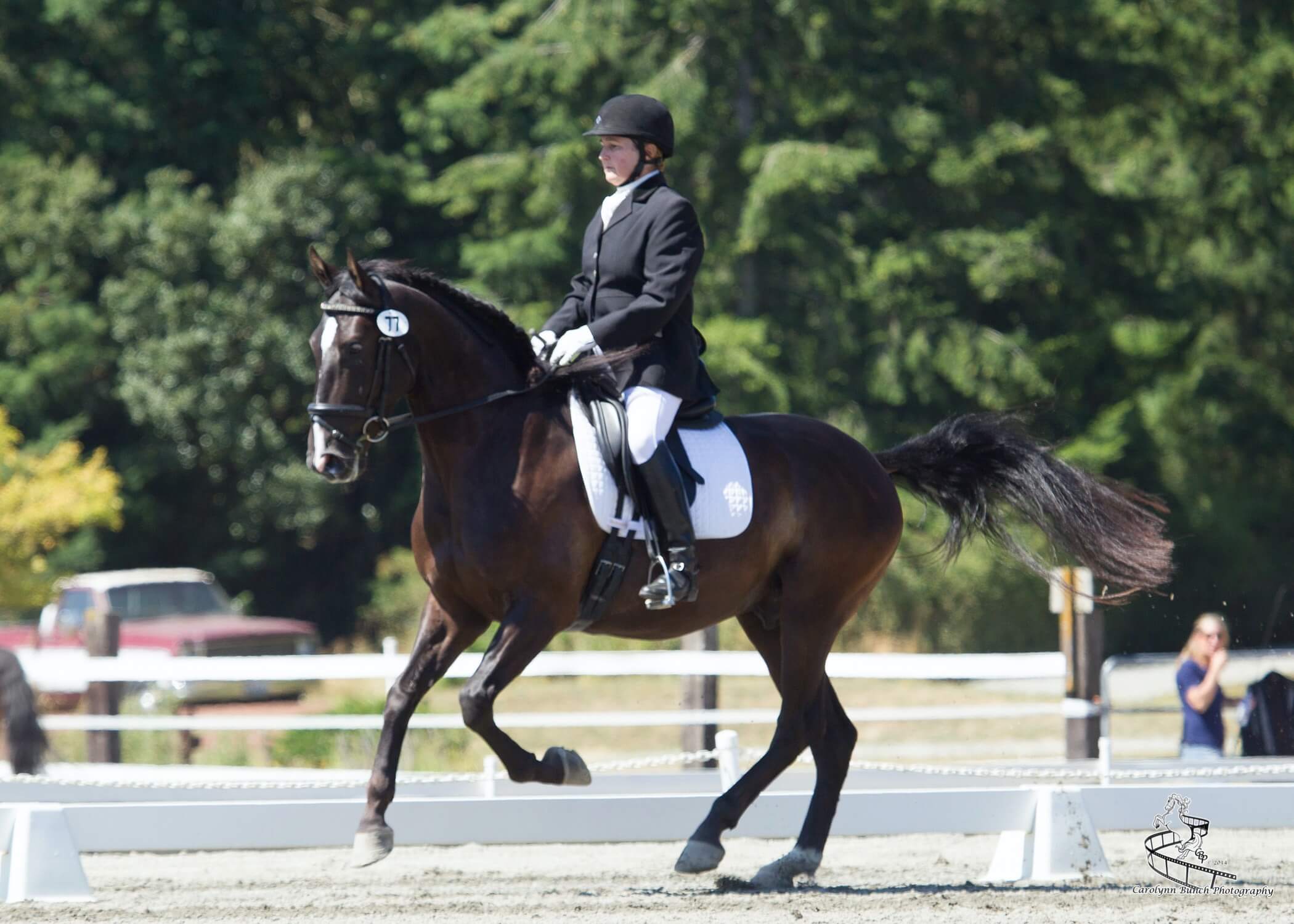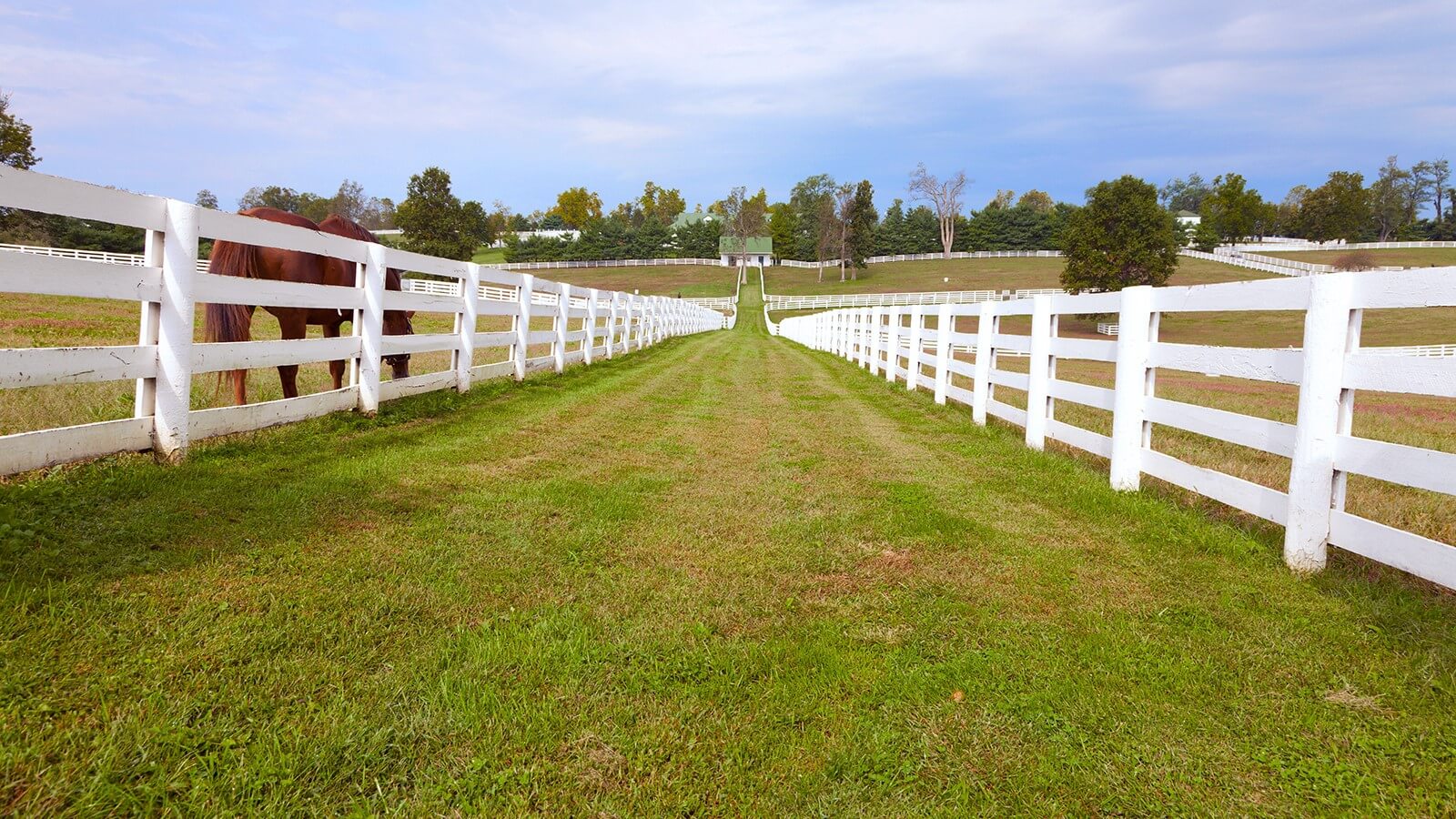Scenario one: An equine facility has a policy that riders must clean their horses’ hooves before leaving the arena to keep the barn aisle clean. A hoof pick hangs on a hook next to the arena gate. One day, while cleaning out her horse’s hooves, a woman’s horse reaches up and hooks his bit on the hoof pick hook. He panics, lunges, and breaks his neck hitting the arena post.
Scenario two: A yearling colt is playing over a gate with his neighbor in an adjacent paddock. He rears, and his foreleg slides between the gate and the post it’s tied to. He hangs there until he’s found by the barn manager many hours later. He doesn’t survive.
I know these two (true) stories are horrific and upsetting, but unfortunately these kinds of tragedies happen all too often in the horse world. As horse owners, we must assess our horse’s environment with eagle eyes, pay attention to small details, and do our best to see any dangers that might befall our horses.
Luckily, most accidents don’t end with a dead horse, but many do end with a substantial vet bill. In this article I’m touching on a few of the more common situations where horses can get injured.
Fencing
Horses are hard-wired to run away from things that scare them, so fencing needs to be visible and safe. Obviously, barbed wire and plain smooth wire fences aren’t visible enough. Horses can (and do) run through them because they just don’t see the fence, which can result in serious injury. Barbed wire is never an appropriate horse fence and has left many horses permanently scarred, disabled, or worse. High-tension electric can also slice open a horse’s leg if it should kick through it.
Also, beware of steel T-posts. Many horses have impaled themselves on this kind of post. The plastic caps that are made to fit over the posts are helpful but not fool-proof.
Electric fencing, if kept “hot” and visible, can be a safe fence. Many of the poly tapes made today work well if correctly installed. Horses must be trained to respect this type of fence, but once they understand it stings they’ll respect it and this respect often transfers to all types of fencing. Electric fencing is not a suitable perimeter fence.
Wood boards and plastic/vinyl fencing can also be good—but aren’t foolproof. Wood can split and splinter as can vinyl fences—especially in the cold. By adding electric to your wood or plastic fence you’ll protect your horse from injury and keep your fence from being destroyed.

Gates can be another source of injury. As in scenario two above, horses can get legs caught between the post the gate is attached to on either end. They can also kick through them injuring themselves. Good installation helps but it’s worth it to add an electric wire to keep the horses off the gate and protect the gate too.
Finally, field or sheep fence is good in that it keeps animals like dogs out of your fields but can be easily flattened by horses leaning on it. If you use this type of fence add a board at the top and seriously consider adding a hot wire. Also, horses can roll or kick into field fence and catch a shoe or their entire foot. It’s best used in large fields where horses aren’t likely to challenge it.
Concerns Beyond Fencing
Be aware of the following safety issues around the barn and farm:
- In pastures: Holes, hidden ditches, access by dogs, and wasp/hornet nests.
- Blankets: Many horses become entangled in their own blankets or catch them on fencing, gates, buckets, etc.
- Buckets and feeders: Remove them if they are damaged or have gaps in the handles. Many a horse has lacerated their eyelid, nostril, or muzzle on their grain or water bucket. Hooves and fetlocks have been sliced by cracked plastic feed pans. Keep snaps turned away from horses. And no hooks of any kind!
- Halters: Do not leave halters on horses in stall or field. If you absolutely must, then use a leather or breakaway halter.
- In stalls: Check for protruding nails, screws, and sharp edges.
- Ties: Wherever and however you tie your horse be sure the footing is secure and there is a “breakaway” option.
Although horses have an unfortunate ability to get themselves into trouble and injured, it’s important to remember that most manage to get through life unharmed and in one piece. Pay attention and imagine typical equine behavior and curiosity as you assess your horses’ environment in order to keep them safe and happy in their home.
See this article in the June 2021 online edition:

Kim Roe grew up riding on the family ranch and competed in Western rail classes, trail horse, reining, working cow, and hunter/jumper. She trained her first horse for money at 12 years old, starting a pony for a neighbor.
Kim has been a professional dressage instructor in Washington state for over 30 years, training hundreds of horses and students through the levels. In recent years Kim has become involved in Working Equitation and is a small ‘r’ Working Equitation judge with WE United.
Kim is the editor of the Northwest Horse Source Magazine, and also a writer, photographer, and poet. She owns and manages Blue Gate Farm in Deming, Washington where she continues to be passionate about helping horses and riders in many disciplines.






